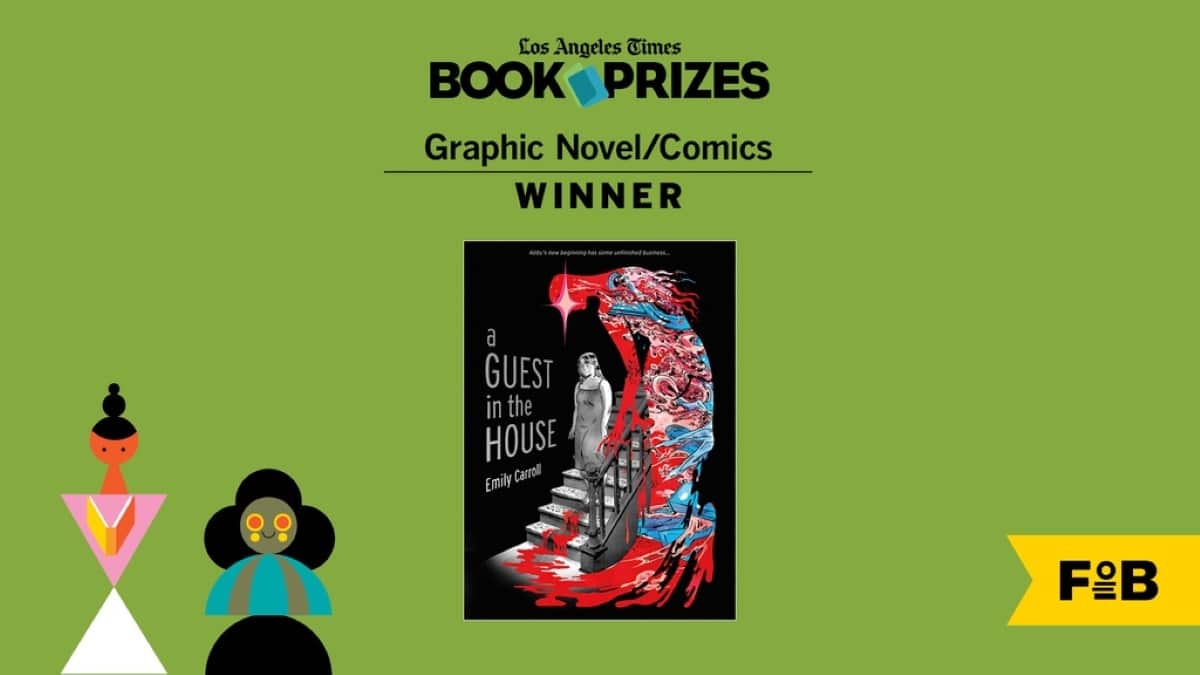WTF–print not doomed after all???http://ift.tt/1jHluZA
As we just reported, Warner Bros. is getting rid of its magazine division like it was a shirt covered with rotten fish guts, but if this recent survey of 1400 people ages 16-24 revealed the shocking fact that 62% of them preferred printed books to e-books.
Voxburner spokesman Luke Mitchell told the Guardian that the agency’s researchers heard all sorts of reasons why young people prefer physical books to e-books, including: ‘I collect,’ ‘I like the smell’ and ‘I want full bookshelves.’
‘Books are status symbols; you can’t really see what someone has read on their Kindle,’ Mitchell said.
In an earlier report, Voxburner found that a substantial plurality of young people surveyed also said they believe that e-books were too expensive.
Although younger users like to text and snapchat, they still like holding things in their hands—and only 55% of them own an e-reader as opposed to the 85% that own a smart phone.
Printed matter—mostly books that are esthetically pleasing—have proven surprisingly tenacious in the digital revolution. In addition to the tactile sensation of holding one, they are highly interactive—you can flip back and forth—and they don’t run out of power during blackouts and hurricanes and on long camping trips.
While I’ve seen several surveys of this kind that show printed books remain popular, a bigger question is how many people under 21 are reading at all. General literacy may include print, but digital literacy and communication are their own thing. Either way, comics are well positioned to be in the mix of both.
SEE ALSO, this interview with Neil Cohn, whose new book, The Visual Language of Comics: Introduction to the Structure and Cognition of Sequential Imagesinvestigates how comics are read on a behavioral level:
“Human beings only have three ways to convey our thoughts,” he explains. “We create sounds using our mouths; we can move our bodies with hands and faces; and we can draw things… My idea is that whenever these meaning-making channels get structured in a coherent sequence, then you end up with a type of language.” If he is right, the hidden logic of cartoon panels could provide new vistas on art, language and creative development.
#call_to_action h4{padding:0px 5px;}






